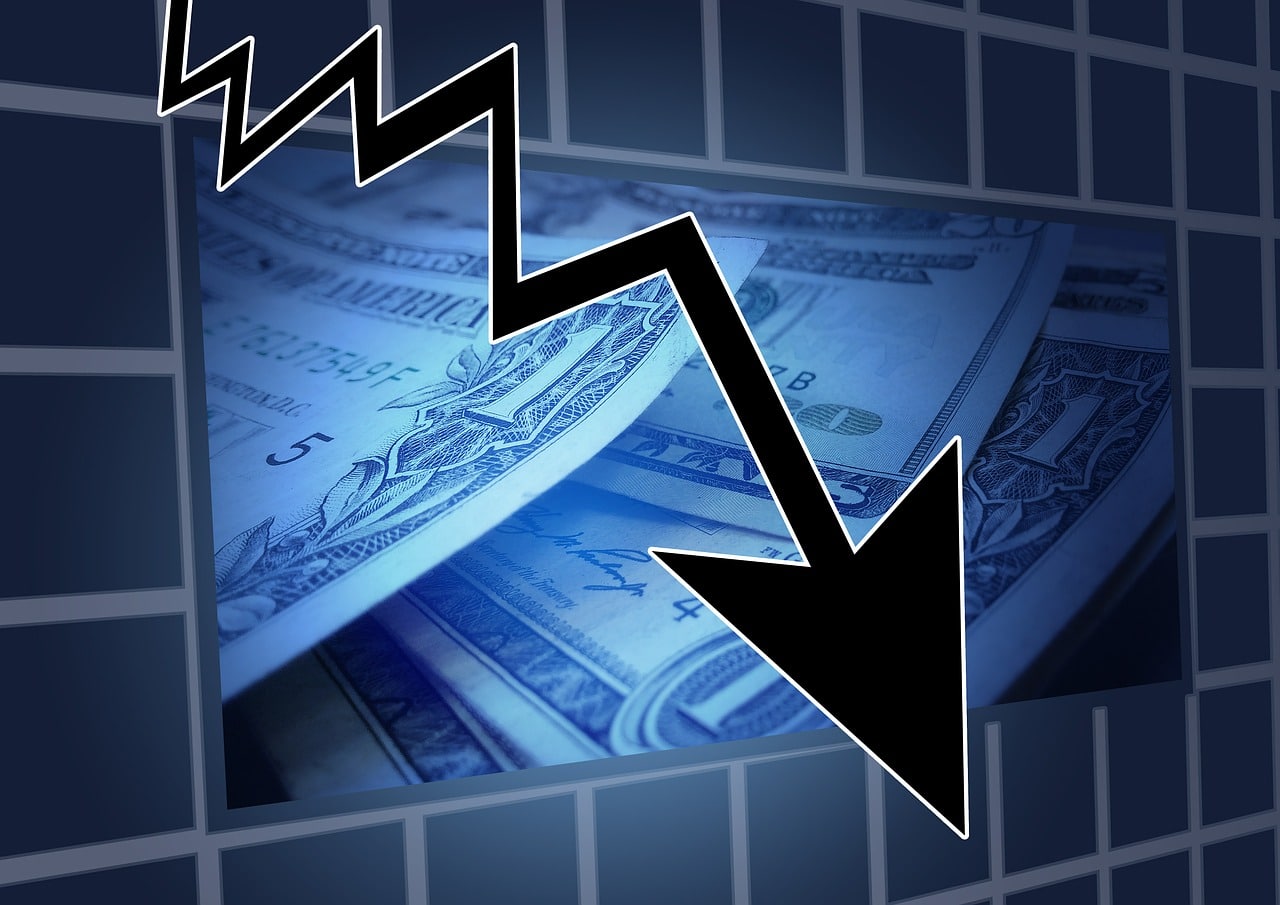On Thursday, the Commerce Department reported that the US economy had declined for the second quarter in a row.
This was a day after the US Federal Reserve had increased its interest rate by 75 basis points, which saw it hit the range of 2.25% and 2.50%, in order to ease price pressures and slow growth.
No change in stance yet
However, it is not unexpected that the report would alter the stance of Fed chairman Jerome Powell or convince him that the economy is in recession, considering that hundreds of thousands of jobs are added in a month.
This means that the Fed is unlikely to be deterred from raising interest rates in future meetings. But, the Fed chair and his colleagues will definitely go through the report.
They will do so for finding clues if there is an effect of the aggressive rate hike for bringing down inflation that has reached highs of more than four decades.
The policymakers will be interested to know if the rate hikes have begun to bite and if they can lead to a soft landing as they want, rather than the harsh landing that everyone is worried about.
Powell’s comments
On Wednesday, after the rate hike was announced, the chairman said that they wanted demand to fall below potential for a period of time to create some slack and bring down inflation.
He said that their interest rate hikes had been large ones and had also been quick, so it is possible that the economy has not yet felt their effects in full.
Therefore, he said that there will still be some tightening to be expected down the road. The GDP data shows that the economy is already slowing down, but only partly because of the Fed’s moves.
Housing sector
Amongst the different categories of the GDP, the housing sector, which is sensitive to interest rates, is the one where the actions of the Fed in terms of monetary policy tightening are the most obvious.
Even before the Fed had started hiking interest rates back in March, there had been a rise in mortgage rates in anticipation.
Since last year, the rates had almost doubled to almost 6% and housing had become even less affordable than before.
The residential investment saw a 14% decline in the second quarter, which is the largest that has been seen in 12 years.
The only exception had been during the initial lockdowns because of COVID-19 which had seen housing stall in 2020’s second quarter.
It is quite unusual for the housing sector to see such a large decline, unless the economy is in recession.
Other economic data had also shown that there is also a fall in home sales, as there was a fall in previously owned home sales for the fifth month in a row back in June.
There was also a decline in building permits and housing starts and with the Fed continuing to raise rates, things are likely to get worse in this year.


